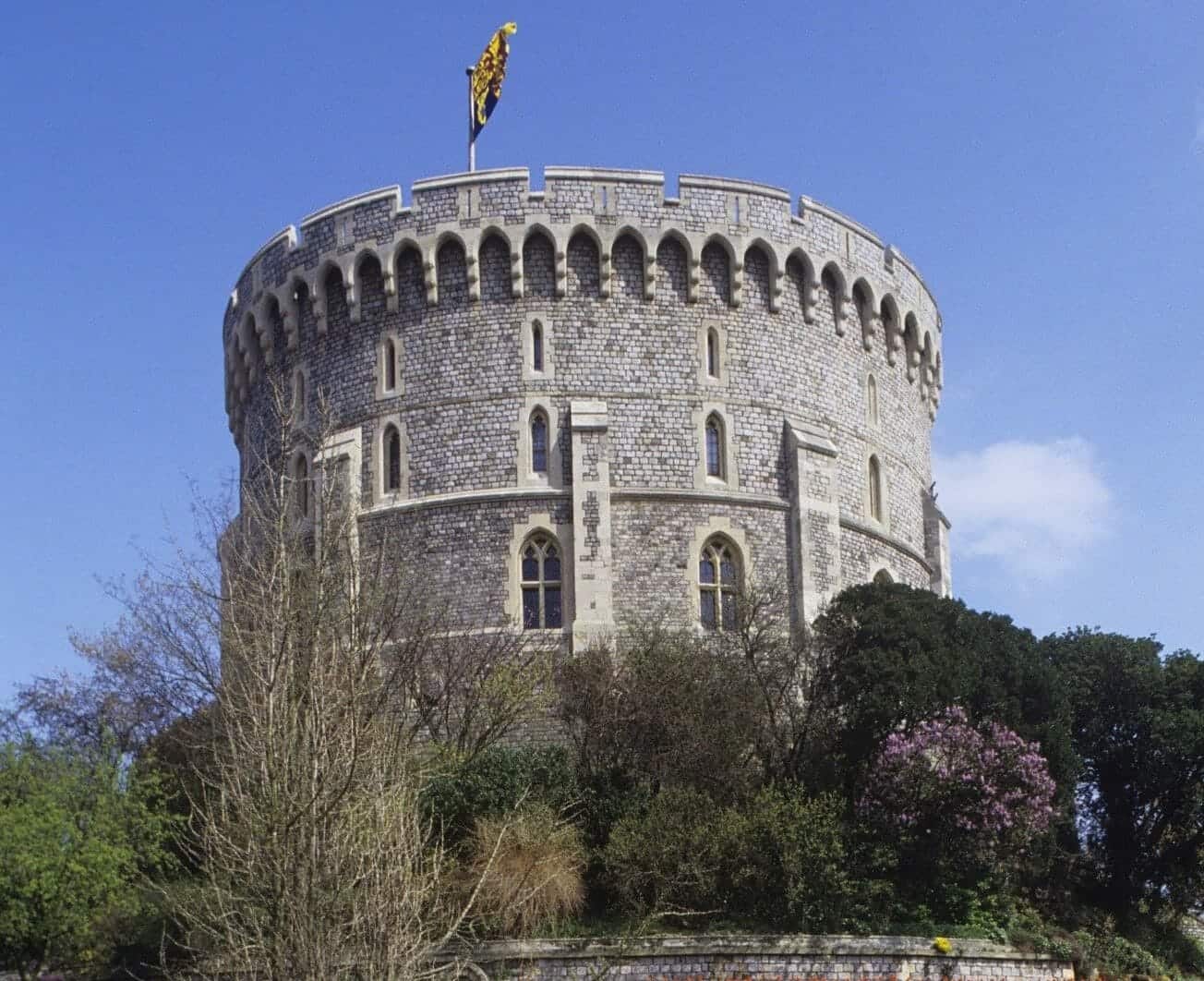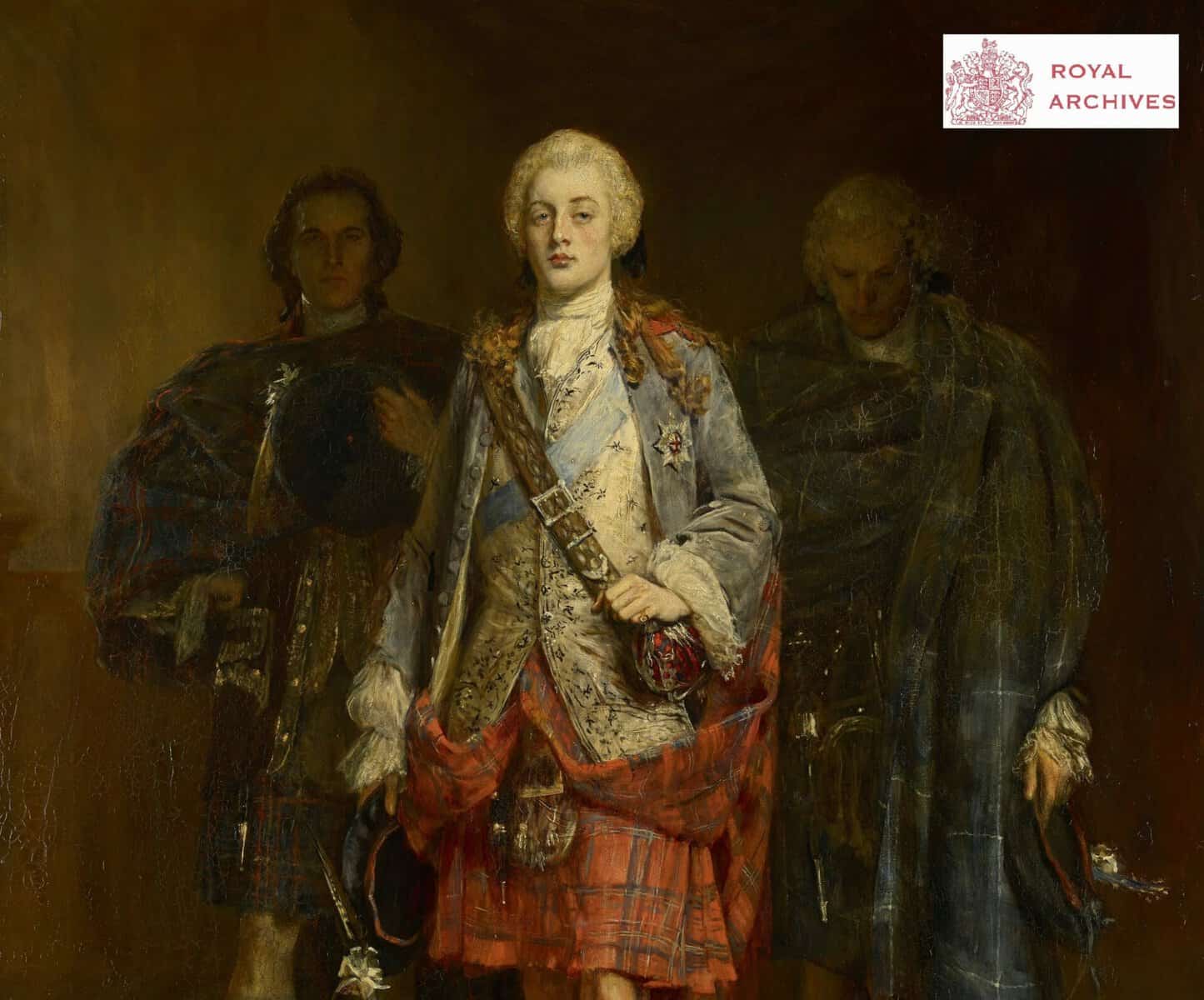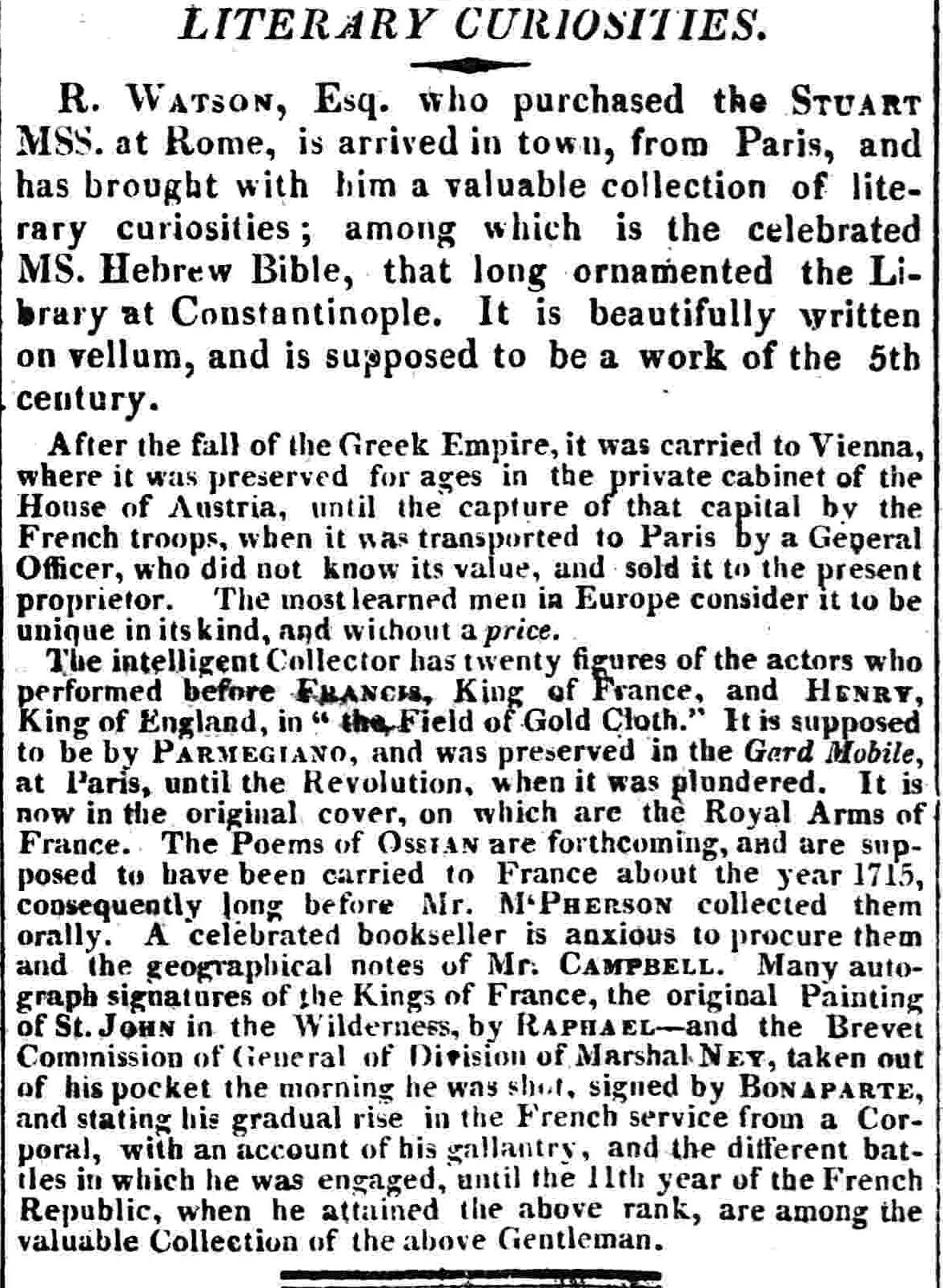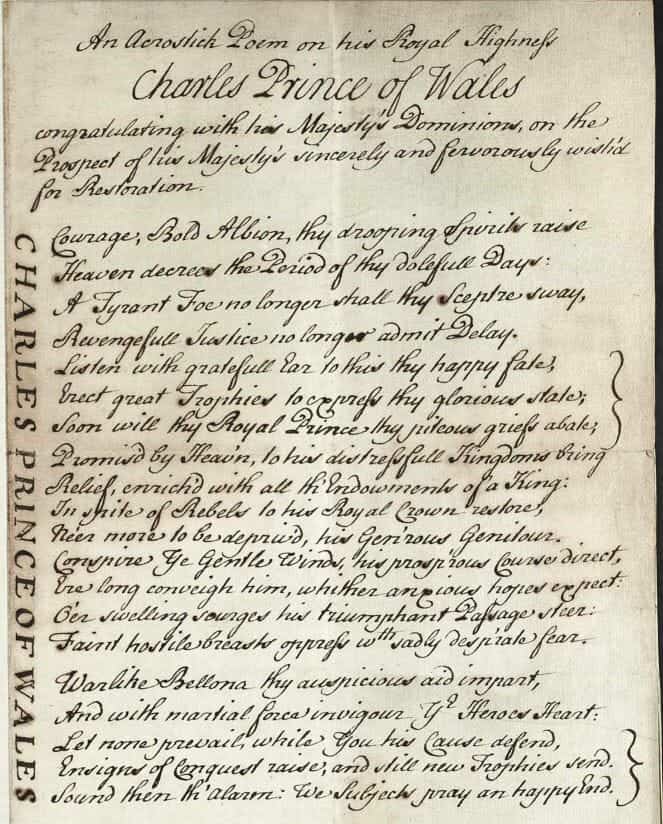The latest instalment of the extensive State Papers Online series sees two fascinating collections from the Royal Archives at Windsor Castle brought together to make the definitive Jacobite archive. In a new collaboration between the Royal Archives and Gale – with Daniel Szechi, Emeritus Professor at the University of Manchester, as academic advisor, and contributions from other leading academics in the field – this collection allows researchers to explore the Jacobites through their own words.
The Stuart and Cumberland Papers
The Cook, a Journey, the Queen, and her Husband – a snippet from exiled Jacobite Court history
│By Julia de Mowbray, Publisher at Gale│
While reviewing the content recently loaded into the online archive The Stuart and Cumberland Papers from the Royal Archives Windsor Castle, one document caught my eye: a plan of a journey with daily stops for meals or a night’s rest. Descriptions of journeys and itineraries, plotting out where someone travelled at a particular time, especially from earlier centuries, can transport me back to that time – placing my feet on that road or piazza, in that carriage or train – to experience the same journey in my imagination.
The more things change, the more they stay the same – the Jacobite Uprisings of 1715 and 1745
Setting out boldly from France to Scotland with a loyal band of followers, the Pretender raises the Stuart standard upon arrival and the Highland clans rise in support. Edinburgh is attacked, declarations are made, battles are fought against Hanoverian forces – and French support fails to materialise. There are losses, and the Pretender flees back to France. The Uprising is over.
The Stuart Papers: from Neglect and Oblivion to the Royal Archives, Windsor Castle
We know that the Stuart Papers were acquired by George IV when he was Prince Regent (1811-1820) following the death of Henry Benedict Stuart, Cardinal York, the final Jacobite heir, and that it was around this time they were moved from Rome back to the UK. They’re now housed in the Royal Archives, Windsor Castle. I decided to search through Gale Primary Sources, focusing particularly on newspapers and periodicals, to see if I could find out more about how the papers of the exiled Jacobite heirs returned to the UK, and how it has been reported in the press at that time, and since. The initial discovery of the Stuart Papers and their subsequent journey from Rome to Windsor Castle makes fascinating reading.
‘Who knows to suffer, Conquer, and to Save’ – Scottish Romanticism and the Jacobites
A king without a throne, a dashing young prince, and an army of exiles. These basic components of Jacobitism – with some misty lochs, rugged Highlanders, scheming Catholics and royal courts thrown in – lend themselves perfectly to high Romance and adventure. It is no surprise then, that the Stuarts and their Jacobite supporters provided inspiration for early Scottish Romanticism, evident in the works of authors such as Sir Walter Scott and Robert Louis Stevenson, the poetry of Robert Burns, and popular tunes like The Skye Boat Song. With a core narrative of brave young men fighting a doomed cause against an oppressive regime, (particularly embodied in the merciless Duke of Cumberland), the stories surrounding the two Jacobite risings remain popular today, as the recent success of Diana Gabaldon’s Outlander series of historical novels has shown.





